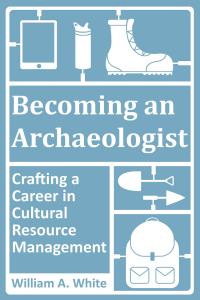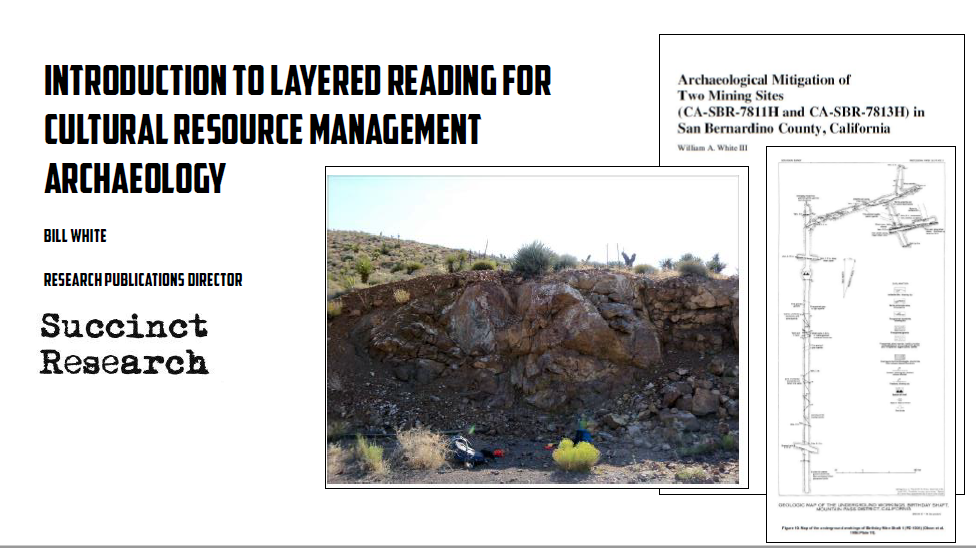(This is part of a new and ongoing series called Thor’s Day Cultural Resource Management Archaeology Hacks. Quick as lightning, these tips are designed to help you make the impact of Mjölnir on your next project.)
My son is five-years-old. He is learning how to read and is totally killing it.
In school, they’ve taught him how to phonetically sound out each word until he recognizes it. It’s truly amazing to watch this happen. “K-oh-m-peu-ter” “Computer!” “Kids’ M-eee-ah-le?” “Meaalee?” “Oh! That says ‘Kids’ Meal’!” I love watching him sound out words and figure out what whole sentences mean. It makes me even happier to have him read books to me. The kid is growing up too fast.
Most of us learned how to read phonetically. We all started sounding out the words in our head until it became second-nature. While this has served us well for years, it is actually a hindrance to reading quickly because saying every word in our head slows us down. Research and reporting in cultural resource management archaeology requires its practitioners to be able to read massive amounts of text for every project. Unless you are a field tech that doesn’t care about moving up the ranks, CRM archaeologists are routinely asked to read hundreds of pages of archaeology—whole books and reports larger than the Bible—in a very short period of time.
How do we do it? The truth is: Most of us don’t.
Are you still reading like a kindergartener?
The human mind is an amazing thing. It has the capacity to accomplish otherworldly actions on a daily basis and I’m not talking about the stuff Olympians do. The simple fact that CRMers read the equivalent of a book each week is pretty amazing considering most Americans don’t read a book in a whole month. More than a quarter of Americans haven’t read a book in the last year! The amount of reading a CRM archaeologist does for a technical report is probably more than most of our non-archaeo friends have done in the last year.
The problem is: We actually are not actually reading all of that stuff. I know because I’ve been there. You’ve got a huge, well-known site in your project area that was summarized in two massive 700-page volumes in the 1980s. These tomes were landmark back when they were written, but a host of additional book chapters and articles completed in the last 30 years have added to what we know about that area. In fact, there are about 40 technical reports, book chapters, and journal articles—over 2,000 pages of archaeospeak—that you should probably be familiar with in order to properly discuss your project. But you only have 80 hours to write the survey report, including editing.
How the hell are you going to read 2,000 pages in less than 2 weeks while also writing the report? If you’re like most archaeologists, you aren’t even going to try and cover all of that material. You’re just going to hit the intro, methods, and results sections, if you even do that much. However, this means you won’t even glance at a huge amount of information, some of which might be important for your project. You will miss something that might matter to the SHPO.
What if I told you there was a way you could read 100-150 pages in an hour? No joke. It is possible because I can do it.
Speed reading, let me introduce you to some people that need to know you
As an undergraduate student, I was getting behind in my reading and, by the time I reached my sophomore year, I could barely keep up. Anthropology classes are notorious for forcing students to read massive amounts of text and my program was no different. Some classes had us reading more than a book a week. I was taking a full load of 4 to 5 classes while also working at least 30 hours each week. Between work, school, sleep, and having a life, there literally were not enough hours in the day for me to finish all of my readings. I needed help.
Serendipitously, I saw a speed reading book one day in the library. I picked it up. The book was over 50 years old but it seemed to speak directly to what I needed at that moment. I’d never heard of speed reading but I knew it was what I needed. I devoured “The Evelyn Woods Seven-Day Speed Reading and Learning Program” in an afternoon and have never looked back.
The Woods Program is a system of layered reading that allows you to consume text at several different levels of detail, so you get to familiarize yourself with the content before you start reading. After you’ve skimmed the text a couple times, you start speed reading each page very quickly without stopping.
There are three key requirements of speed reading:
- Use your right hand to guide your eye down the page. Guide your eyes by sliding your fingertips down the page in an S-shaped pattern.
- Do not stop reading until the end of the chapter, even if you ‘space out’ for part of a page.
- Do not say every word in your mind.
Even if you don’t do the entire Woods Program, those three suggestions will increase your reading rate tremendously. Your mind can put together the story even if you aren’t paying attention because you are so familiar with the English language you no longer need to say each word in your mind. You know what a sentence is saying even if you don’t mentally note each and every word. Go ahead and try it. Go back to the start of this paragraph and simply skim your fingers across each line from left to right. Let your eyes follow your fingertips. Make a concerted effort not to say each word in your head. If you’re reading this on your phone or tablet, don’t touch the screen with your fingertips. Just let them hover over the screen’s surface. Again, do not say the words in your head. Now, did you get what I was trying to tell you in this paragraph? Did you understand it without saying the words in your head? Were you able to speed through this text like a whirlwind even though you weren’t saying the words in your head kindergarten-style? If so, you’ve just been introduced to a whole new world of reading. As an additional challenge, do the same thing for the next article or book you read. I bet you’ll get the same result.
I’ve included a short PDF summary of layered reading for CRMers that you can download below.
Here’s a link to a free digital copy of the Evelyn Woods Program. Now, you have no excuse not to learn how to speed read.
Some say trying to do the Woods Technique on a computer screen is not possible. I agree that it is harder on your wrist and arms to do layered reading on a computer monitor, which is why I speed read on a tablet. The easiest way to do the Woods Technique on a tablet is to download your document into a PDF and consume it in PDF Reader, Dropbox, Google Drive, or whatever you’ve got on your tablet.
The screen will want to move if you run your fingers across the tablet’s surface unless you hold your thumb on the left margin of the tablet screen and keep it there while you use your right hand to skim down the page. At the start of each new page, you will need to wait like half a second before skimming so the tablet will detect your left thumb on the screen; otherwise, the screen will start zooming in and out as soon as you start skimming the page with your right hand. It will take some practice to get used to placing your right thumb in the correct place on the screen in order to keep it steady, but learning how to do this on a tablet is priceless.
(NOTE: This works best on my iPad and Toshiba 2-in-1 laptop in PDF Reader and Microsoft Word. I’m not familiar with all touchscreen-enabled laptops and tablets but it should work as I’ve been doing this on tablets/laptops for about 4 years now.)
Blistering reading skills will make it look like you’re a genius
It will also help make your CRM archaeology career that much easier.
Reading rocks. So does knowing how to find the right answers. Just ask my son. But, reading does not rock when you feel overwhelmed. The anxiety that comes with knowing you have to read thousands of pages in just a few days can be greatly ameliorated by learning how to speed read. Download the PDFs in this blog post and use these skills on your next cultural resource management archaeology report.
Are you going to start speed reading? Write a comment below or send me an email and keep the discussion going.
 Having trouble finding work in cultural resource management archaeology? Still blindly mailing out resumes and waiting for a response? Has your archaeology career plateaued and you don’t know what to do about it? Download a copy of the new book “Becoming an Archaeologist: Crafting a Career in Cultural Resource Management” Click here to learn more.
Having trouble finding work in cultural resource management archaeology? Still blindly mailing out resumes and waiting for a response? Has your archaeology career plateaued and you don’t know what to do about it? Download a copy of the new book “Becoming an Archaeologist: Crafting a Career in Cultural Resource Management” Click here to learn more.
Check out Succinct Research’s contribution to Blogging Archaeology. Full of amazing information about how blogging is revolutionizing archaeology publishing. For a limited time you can GRAB A COPY FOR FREE!!!! Click Here
 “Resume-Writing for Archaeologists” is now available on Amazon.com. Click Here and get detailed instructions on how you can land a job in CRM archaeology today!
“Resume-Writing for Archaeologists” is now available on Amazon.com. Click Here and get detailed instructions on how you can land a job in CRM archaeology today!
 Small Archaeology Project Management is now on the Kindle Store. Over 300 copies were sold in the first month! Click Here and see what the buzz is all about.
Small Archaeology Project Management is now on the Kindle Store. Over 300 copies were sold in the first month! Click Here and see what the buzz is all about.
Join the Succinct Research email list and receive additional information on the CRM and heritage conservation field.
Get killer information about the CRM archaeology industry and historic preservation.




